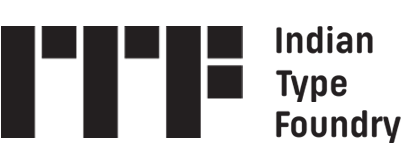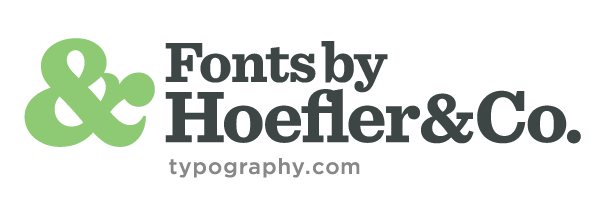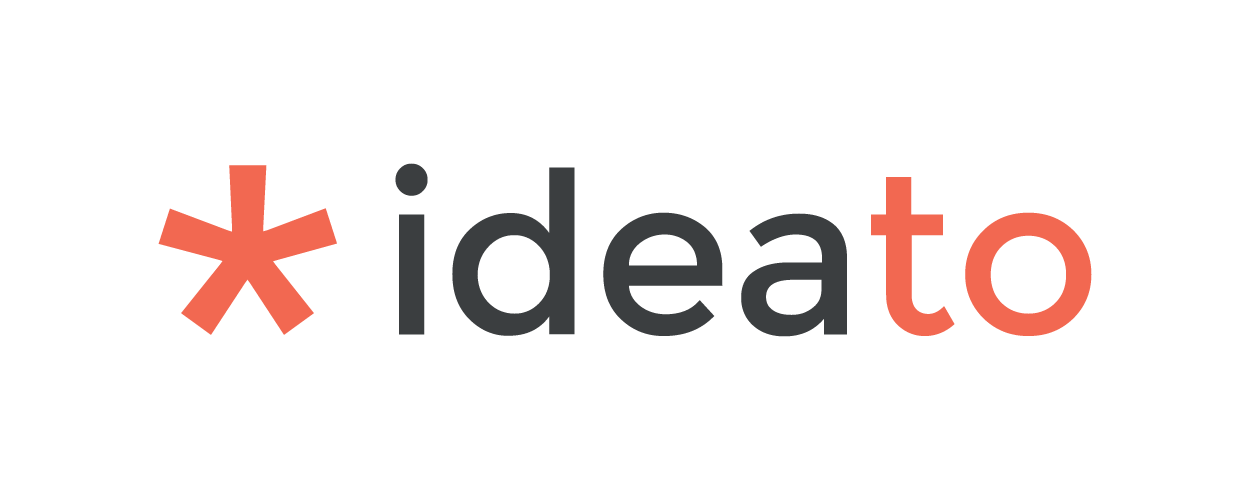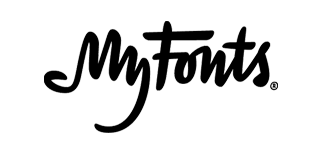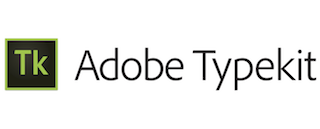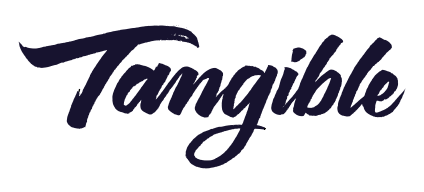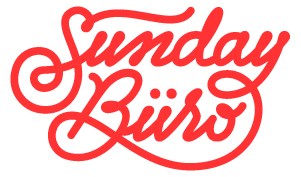Conference
June 9, 2017

You can see his latest works on his website and follow him on twitter.
Why typography is a vital asset of business communication? Visual identity is built from the colors and typefaces that make up the most fundamental expression of the brand. Meanwhile, the design of typefaces must remain invisible for the convenience of the reader. How to reconcile the contradictions of the typeface designer to meet the needs of his clients? As godfather of modern French typography, Jean Francois Porchez will deliver a talk about his experiences and nuggets of typographic wisdom in designing custom typefaces for some of the world’s most recognizable brands: Le Monde, the Paris Metro, Louis Vuitton, Galleries Lafayette, Sephora, YSL Beauté, The Boston Consulting Group and Nespresso – just to name a few.

In her talk Marianna will present a Variable Fonts project that she had been working on together with a large team from Monotype. She will discuss what possibilities and challenges which dynamic fonts and today's fast developing technology can bring to the type industry, especially about opportunity of reintroducing size specific adjustments and what it could mean to the end user.

You can see his latest works on his website and follow him on twitter.
Frate Luca Pacioli da Borgo Sansepolcro, a polymath and true Renaissance Man, wrote a chapter of his De Divina Proportione treatise on how to construct Roman capitals with compass and ruler. Despite the 500 years that separate us, we’ll use Frate Pacioli’s work as a lens to revisit the perennial debate between technology and the liberal arts, the organic versus the synthetic, the hand versus the intellect. With no pretense of giving definitive answers, we will offer a few perspectives taken from our personal experience and from the history of letterforms, from Roman times to 20th century Italian type.

You can see his latest works on his website and follow him on twitter.
I will talk about the history of Georgian typography, todays condition and problems of users, caused by custom Georgian fonts. Recenty the Uppercase for Georgian script was accepted by Unicode and I will give you update on what was done and what will have to be done to make this work. I will also review new standards for Georgian font-engineering, which contains diacritical marks for Kartvelian languages. Beside that, we gonna look into Georgian copies of famous Monotype fonts and their design fundamentals.

You can see his latest works on his website and follow him on twitter.
Is the term “type design” appropriate for the work of pre-industrial punchcutters? All objects produced throughout history have undoubtedly been designed; however, many industrial design historians have abandoned this term for describing objects preceding the Industrial Revolution. In his ongoing research into Wilhelmine type, Dan attempts to arrive at a definition of type design adequately fitting typefoundries’ internal processes. This is often at odds with their own self-presentation, or the reports of early typographic historians. Norms and standards are common features of industrialisation. German typefounders adopted a number of these in the late 19th and early 20th centuries; from the point of view of designers today, the Universal Baseline may be the most controversial. While they do not seem to have caused designer-frustration on the level Monotype’s unit system later vexed Jan van Krimpen, Germany’s low baselines must have affected the reception of German type abroad. Even Walter Tracy’s brief critique of early 20th century German romans must be partially grounded by the short descenders mandated for certain type sizes.
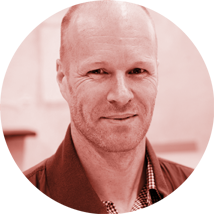
You can see his latest works on his website and follow him on Slanted.
Lars Harmsen loves to travel: between cultures, styles, tasks and projects. As creative director and partner of Munich-based agency Melville Brand Design, professor for design and typography at the Dortmund University of Applied Sciences & Art and head of Slanted Publishers he will present his work and thoughts. The journey will go from war-games to silkscreen-workshops, from typo-love to photo-porn, from magazine-addiction to corporate-think-tanks.

You can see his latest works on his website and follow him on twitter.
As typesetting became easier and cheaper in the age of photosetting and rub-down type, the increased access to a wide array of type styles enabled the growth of publishing in communities that previously had less access to the means of production. Coinciding with an era of social progress, small publications for gay audiences rose up from the underground to achieve commercial success as their visibility grew and their social stigma decreased. This overview of magazines for mature gay audiences looks at the often novel and witty use of typography and design in genres rarely considered for anything other than their photography. Removing the focus on imagery, it's useful to see how much this genre has in common with other movements in the 20th century. Analysis of the typefaces used and how they were typeset also reveal clues about the changing means of production available over the years, and the evolution of some publications as their communities and markets shifted over the years from the underground to the increasingly mainstream.

You can see his latest works on his website and follow him on twitter.
In the early 1990s, Adobe and Apple independently developed Multiple Master fonts and GX Variations, competing axis-based font technologies. By 2000, Adobe had abandoned MM, and GX Variations had minimal support in the marketplace. Yet in 2016, an unprecedented alliance of Adobe, Apple, Microsoft and Google announced Variable Fonts (OpenType Variations), a successor to these arguably failed technologies. What makes axis-based fonts so exciting? How do they free type and graphic designers to do new things? Why did they fail before, and why might Variable Fonts succeed when its predecessors failed? FontLab’s Thomas Phinney shows the potential of Variable Fonts from useful workhorses to the silly and bizarre.
